How the worlds largest employment programme is transforming the rural India
.
.
Hello dear friends, how are you all? I hope you are doing great today. I’m excited to share with you a success story from the Rural Development Department, the organization I work with. Through this post, I hope you’ll take a moment to read and connect with me by sharing your thoughts and feedback in the comments. Your input means a lot and helps me continue sharing these stories of progress and change!
I work in the Rural Development Department, an organization dedicated to uplifting and transforming the rural areas of our country. Rural regions form the backbone of our nation, housing a significant portion of the population. Consequently, their development plays a pivotal role in driving the overall growth and prosperity of the country. These areas contribute substantially to the nation’s GDP by supplying essential labor and raw materials, such as agricultural and horticultural products.
However, despite their critical contributions, a significant proportion of the rural population continues to face unemployment. This remains a pressing challenge for the government. The lack of sufficient employment opportunities within their local areas often compels individuals to migrate to other states in search of work. Sadly, many of these migrants still struggle to secure stable livelihoods, leaving their potential untapped.
Efforts to address this issue require innovative strategies, such as fostering local industries, promoting skill development, and enhancing access to resources. By creating sustainable job opportunities within rural regions, we can empower these communities to thrive and play an even greater role in shaping the nation’s future. Rural development is not just about improving infrastructure but also about restoring hope and dignity to millions of lives, ensuring a brighter and more equitable tomorrow for all.
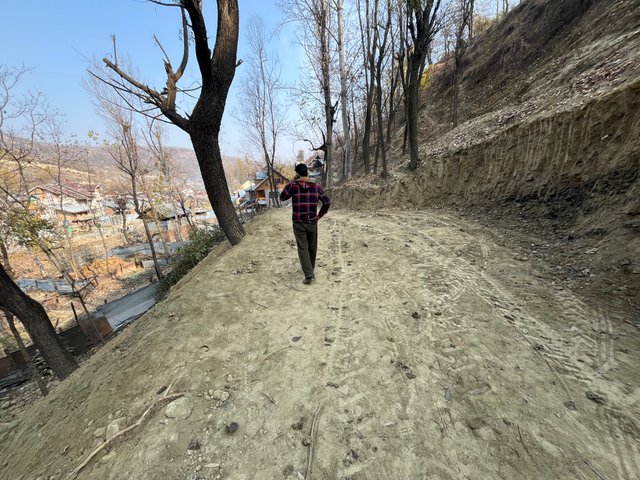
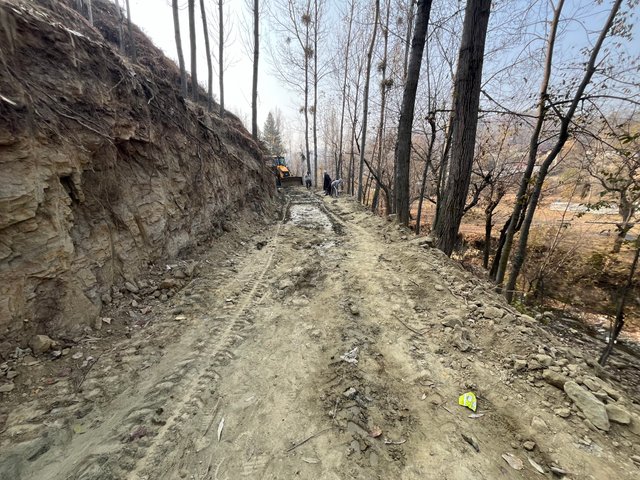
Around 2005, the UPA government introduced a groundbreaking initiative aimed at providing sustainable livelihoods to rural populations within their own localities. At first, like many others, I was skeptical about how effective and far-reaching this employment program would be. However, the vision and execution of the UPA government, followed by the efforts of the NDA government, have transformed the landscape of rural development.
The program’s core objective was to utilize local labor to build essential infrastructure in rural areas. A significant condition of the scheme prohibited the use of machines, ensuring that employment opportunities were not taken away from people. The initiative, often referred to as the 100-day livelihood program under the Mahatma Gandhi National Rural Employment Guarantee Act (MGNREGA), guarantees at least 100 days of wage employment to job card holders. This has been instrumental in providing rural families with a steady source of income without the need to migrate to urban areas.
Beyond creating employment, this program has revolutionized rural development. It has led to the construction of vital infrastructure such as roads, dams, embankments, and irrigation facilities, all of which are critical for improving the quality of life in these areas. By integrating livelihood creation with community development, the scheme has not only uplifted individuals but also strengthened the social and economic fabric of rural India.
This initiative stands as a testament to the power of inclusive governance and the potential of rural India. It proves that with the right policies and consistent effort, we can address unemployment while simultaneously building a stronger, self-reliant nation.
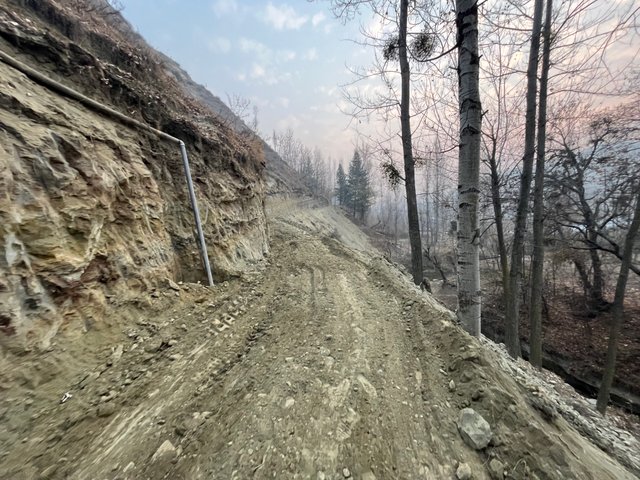
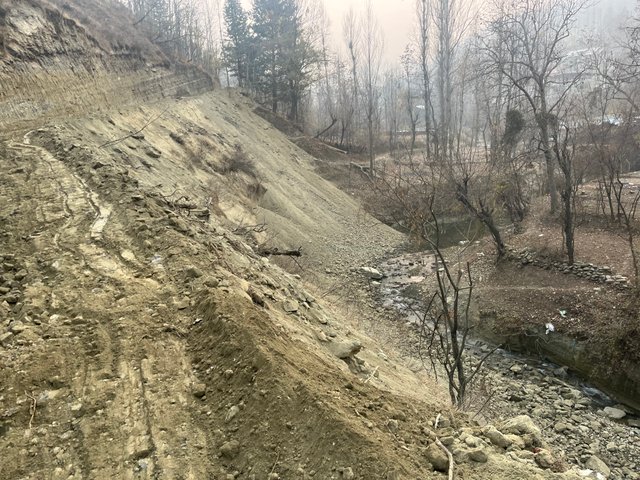
Living in a rural area myself, I have firsthand experience of the struggles that people once faced in carrying out agricultural activities, especially in hillside regions. The lack of basic facilities made production a challenging and often discouraging endeavor. Farmers had to contend with limited infrastructure and minimal support, which left them with no choice but to rely on traditional, labor-intensive methods.
Today, however, the scenario has changed dramatically. Every corner of the village has been touched by development, and our agriculture and horticulture sectors have scaled new heights. This transformation is largely attributed to the construction of roads and the availability of irrigation canals. These advancements have not only eased the challenges of transportation and irrigation but have also significantly boosted production.
In my village, for instance, every household now produces an average of 300 to 500 boxes of apples annually—a remarkable achievement that ensures a stable livelihood throughout the year. The ability to efficiently transport produce to markets and maintain better irrigation systems has turned agriculture into a more sustainable and profitable endeavor.
This profound change is a direct result of government programs aimed at rural development, such as those focusing on infrastructure and livelihood generation. These initiatives have not only improved the quality of life but have also given rural communities a renewed sense of purpose and pride. It is heartening to witness how such efforts can uplift an entire region, proving that with the right support and resources, even the most remote areas can thrive and contribute significantly to the nation’s progress.
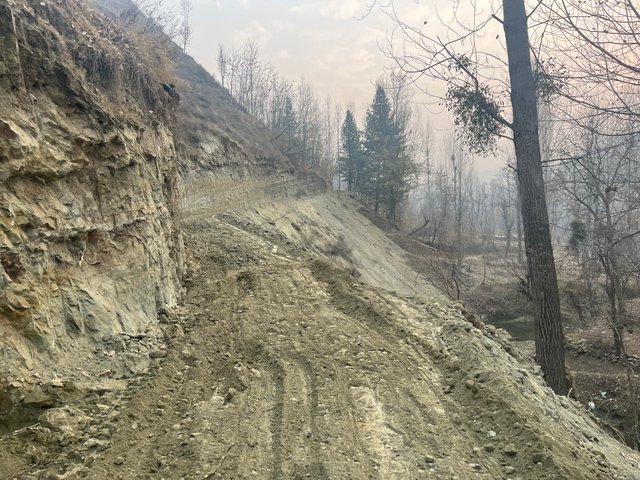
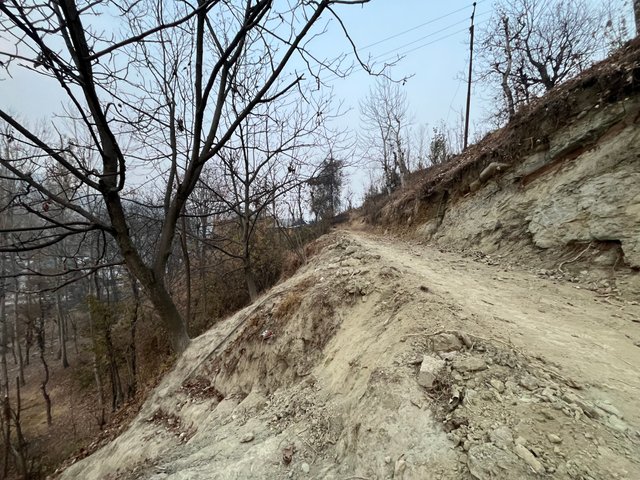
A few days ago, our department undertook a challenging project to construct a pathway through a hillside—an endeavor that initially seemed impossible. The area in question was not only difficult to access but had also been abandoned by farmers due to the sheer hardship of managing agricultural and horticultural activities there. However, once the project was executed, the transformation was nothing short of remarkable.
This newly constructed pathway provided much-needed access to a previously isolated corner of the village. The area, once deemed unmanageable, now holds the promise of being revived for agricultural and horticultural pursuits. The reaction from the local farmers and residents was overwhelmingly positive. Seeing their joy and hearing their words of gratitude for the department was an incredibly fulfilling experience.
As a department, our focus remains on identifying and reviving such neglected areas that hold untapped potential. By providing access to these regions, we aim to transform unproductive lands into thriving agricultural zones, thereby boosting livelihoods and ensuring sustainable development.
So far, we have successfully connected several remote and unimaginable locations, marking a significant achievement for our team. Each project stands as a testament to what collective effort and determination can accomplish.
I look forward to sharing more success stories of our department’s work, as we continue striving to bring hope and progress to the rural heartlands. These stories serve as a reminder of how small steps can lead to lasting changes in the lives of many.
Thank you